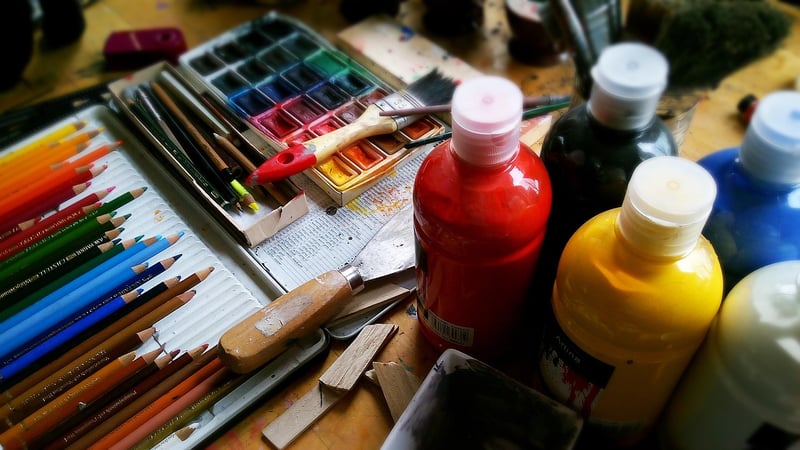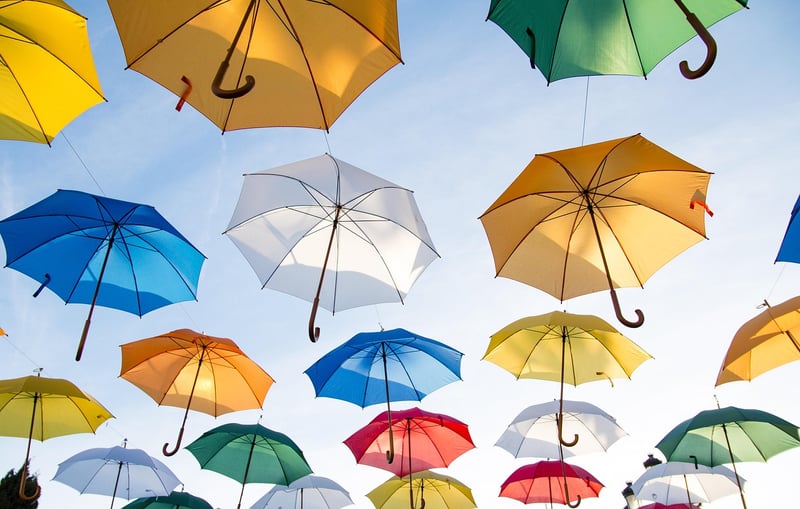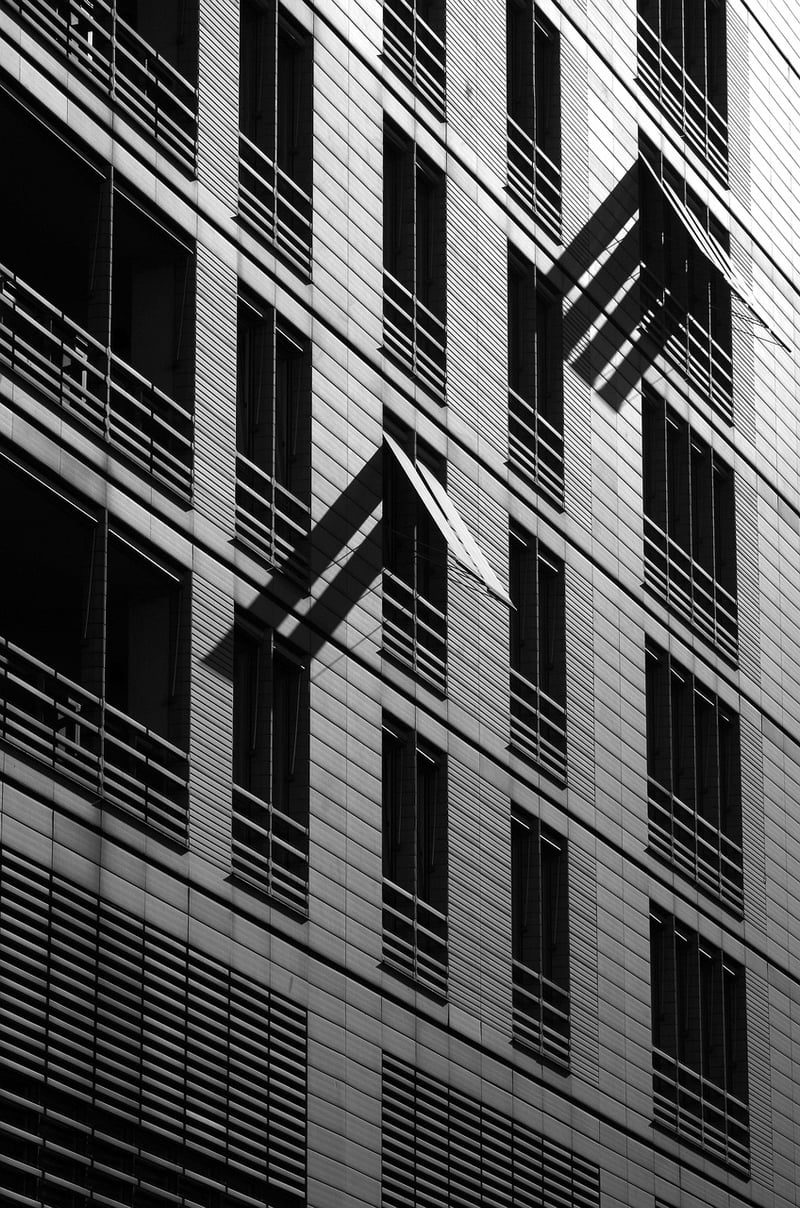Contemporary
Exploring Expressive Movement in Contemporary Art
Contemporary art is a dynamic and diverse field that constantly pushes boundaries and challenges traditional notions of art. One of the most captivating aspects of contemporary art is the use of expressive movement to convey emotions, ideas, and concepts. Artists harness the power of movement to create visually stunning and emotionally evocative works that resonate with viewers on a deep level.
The Power of Expressive Movement
Expressive movement in contemporary art is a form of visual storytelling that goes beyond traditional techniques. It involves the use of gesture, body language, and physicality to communicate a wide range of emotions and themes. Artists often use their own bodies as tools to create dynamic and fluid movements that are captured in various mediums, including painting, sculpture, performance art, and digital art.
Embracing Fluidity and Emotion
Contemporary artists embrace fluidity and emotion through expressive movement, allowing their creations to come to life in a way that is raw, authentic, and deeply personal. By incorporating movement into their art, artists can convey a sense of energy, spontaneity, and vitality that captivates viewers and invites them to engage with the work on a visceral level.
Examples of Expressive Movement in Contemporary Art
-
Marina Abramović
Renowned performance artist Marina Abramović is known for her pioneering use of body movements to create powerful and transformative art experiences. Through her performances, Abramović explores themes of endurance, vulnerability, and human connection, captivating audiences with her intense and immersive works.

-
Ernesto Neto
Brazilian artist Ernesto Neto creates immersive installations that invite viewers to engage with their senses and bodies. Neto's large-scale sculptures often resemble organic forms and encourage physical interaction, blurring the boundaries between art and the viewer's lived experience.

Conclusion
Expressive movement in contemporary art offers a unique and compelling way for artists to communicate their ideas and emotions. By leveraging the power of movement, artists can create immersive and transformative experiences that resonate with viewers long after they have encountered the artwork. As contemporary art continues to evolve, expressive movement will undoubtedly remain a vital and vibrant component of the artistic landscape.
Explore more about expressive movement and contemporary art to delve deeper into this fascinating intersection of creativity and emotion.
